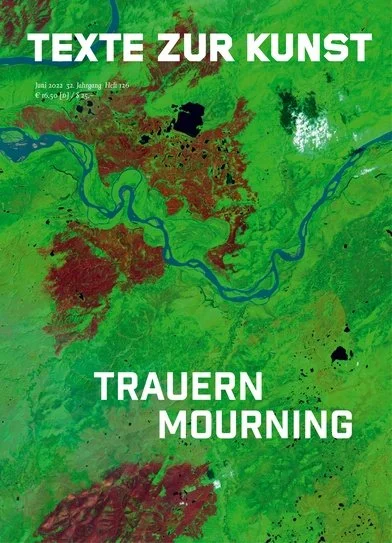I wrote an article for Texte Zur Kunst for their Mourning Issue (June 2022). You can read the full article here.
Here is an excerpt from my grief essay, “Revisiting Elizabeth Alexander’s Grief Memoir:
Writing about death is not new, but Alexander’s memoir answers a nagging question: How do humans grieve? More specifically, “What does it mean to grieve in the absence of religious culture?”. For the Yoruba ethnic group, ibinuje, the word for grief, carries the potential for different practices and contexts; distinct verbal phrases are often built from the word, and these are helpful in addressing each unique mourning situation. The ritual, what is said and done, is part of how the mourning person feels cared for. Within the Jewish tradition, when a person hears of the death of a loved one, they might exercise kriah, that is, making a tear in their clothing to show their grief. These rituals are not available to Alexander. What she articulates is that the beautiful (but also onerous) task of a writer who doesn’t squarely fit into one tradition is to create their own rite. As an African American person who has Episcopalian roots but did not attend church, Christianity did not directly provide Alexander with reprieve. Instead, her muse was elsewhere. She notes that “Art is certainly my religion. I believe in the chosen family, especially as I get older.”¯ This remark about religion is significant because what she points to is how grieving is universal, but its manner varies.
